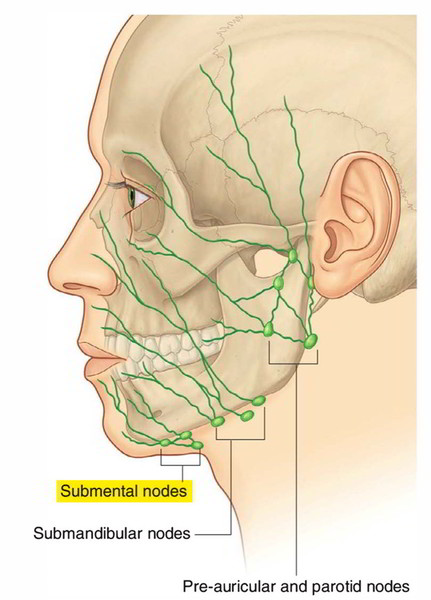Prior to completing the physical examination of a patient post motor vehicle crash, the ER nurse determines that the client is awake, alert, and oriented. This information would be important for which part of the general survey?
Facial expression.
Level of consciousness.
Posture, gait, motor activity, and speech.
Apparent state of health.
The Correct Answer is B
Choice A reason:
Facial expression is an important aspect of the general survey as it can provide clues about a patient's emotional state and possible pain. However, it is not directly related to the patient's level of consciousness. After a motor vehicle crash, assessing facial expression is crucial to identify any signs of distress, trauma, or neurological impairment.
Choice B reason:
Level of consciousness is a critical component of the general survey, especially in the context of trauma or potential neurological injury. It refers to the patient's awareness and responsiveness to the environment. Assessing the level of consciousness involves determining if the patient is awake, alert, and oriented to time, place, and person, which is essential for establishing a baseline cognitive function and detecting any changes that may indicate deterioration or improvement in their condition.
Choice C reason:
Posture, gait, motor activity, and speech are assessed to evaluate the musculoskeletal and neurological systems. While these are important in the context of a motor vehicle crash, they are not specifically related to the level of consciousness. These assessments help identify any deficits that may result from injuries sustained during the crash, such as fractures, dislocations, or neurological damage affecting movement and coordination.
Choice D reason:
The apparent state of health is a broad assessment that includes the patient's overall appearance and any signs that may indicate acute or chronic illness. In the emergency setting, this may involve observing for signs of trauma, shock, or other life-threatening conditions. While it is an essential part of the general survey, it is not specifically focused on the level of consciousness but rather on the patient's general well-being and any obvious health concerns.
Nursing Test Bank
Naxlex Comprehensive Predictor Exams
Related Questions
Correct Answer is B
Explanation
Choice A reason:
Palpating in front of the ear would assess the preauricular lymph nodes, not the submental lymph nodes. The preauricular nodes are located just in front of the ears and are typically examined when there is an infection or inflammation in the eyes, ears, or scalp.
Choice B reason:
The submental lymph nodes are located in the midline, just under the chin, behind the bony prominence of the mandible. This is the correct area for palpation when assessing the submental lymph nodes. These nodes drain the lower lip, the floor of the mouth, the tip of the tongue, and the incisors, and they can become enlarged due to infections or malignancies in these areas.
Choice C reason:
Palpating superficial to the sternomastoid would assess the cervical lymph nodes, specifically the anterior cervical nodes, which are not the submental lymph nodes. The sternomastoid muscle is a landmark for several lymph node groups in the neck, but not for the submental group.
Choice D reason:
Palpating at the angle of the mandible would assess the submandibular lymph nodes, not the submental lymph nodes. The submandibular nodes are located beneath the jawline and can become enlarged due to infections or malignancies in the mouth, throat, and salivary glands.

Correct Answer is C
Explanation
Choice a reason:
Rhonchi are coarse, rattling respiratory sounds somewhat like snoring, usually caused by obstruction or secretion in the larger airways. They are not considered normal breath sounds and are typically heard in conditions such as chronic bronchitis.
Choice b reason:
Crackles are the sounds you will hear in a lung field that has fluid in the small airways. These sounds are commonly heard in patients with pneumonia, heart failure, and restrictive pulmonary diseases. They are not normal breath sounds.
Choice c reason:
Bronchovesicular sounds are normal breath sounds heard over the main bronchus area and over the upper right posterior lung field. They have a medium pitch and intensity and are heard on both inspiration and expiration. In a healthy individual, these sounds are expected to be heard in the 1st and 2nd intercostal spaces near the sternal body.
Choice d reason:
Tracheal breath sounds are harsh, high-pitched sounds heard when auscultating over the trachea in the neck. They are not normally heard over the intercostal spaces of the chest wall.
Whether you are a student looking to ace your exams or a practicing nurse seeking to enhance your expertise , our nursing education contents will empower you with the confidence and competence to make a difference in the lives of patients and become a respected leader in the healthcare field.
Visit Naxlex, invest in your future and unlock endless possibilities with our unparalleled nursing education contents today
Report Wrong Answer on the Current Question
Do you disagree with the answer? If yes, what is your expected answer? Explain.
Kindly be descriptive with the issue you are facing.
